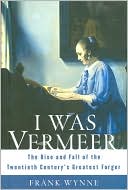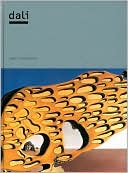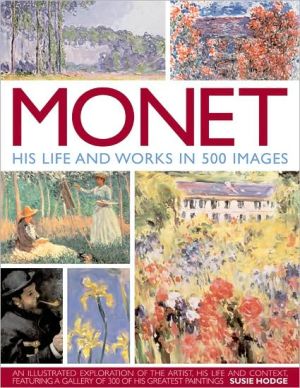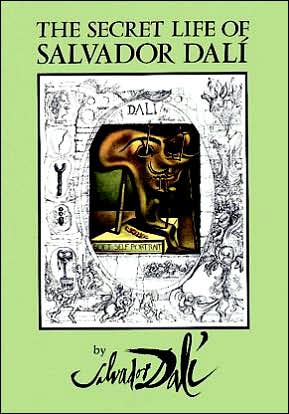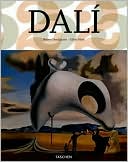I Was Vermeer: The Rise and Fall of the Twentieth Century's Greatest Forger
Search in google:
Frank Wynne's remarkable book tells the story of Han van Meegeren, a paranoid, drug-addicted, second-rate painter whose Vermeer forgeries made him a secret superstar of the art world—and along the way, it reveals the collusion and ego that, even today, allow art forgery to thrive. During van Meegeren's heyday as a forger of Vermeers, he earned 50 million dollars, the acclamation of the world's press, and the satisfaction of swindling the Nazis. His canvases were so nearly authentic that they would almost certainly be prized among the catalogue of Vermeers if he had not confessed. And, no doubt, he never would have confessed at all if he hadn't been trapped in a catch-22: he had thrived so noticably during the war that when it ended, he was quickly arrested as a Nazi collaborator. His only defense was to admit that he himself had painted the remarkable "Vermeers" that had passed through his hands—a confession the public refused to believe, until, in a huge media event, the courts staged the public painting of what would be van Meegeren's last "Vermeer." I Was Vermeer is an utterly gripping real-life mystery, capturing both the life of the consummate art forger, phenomenally skilled and yet necessarily unrecognized, and the equally fascinating work of the experts who identify forgeries and track down their perpetrators. Wry, amoral, irreverent, and plotted like a thriller, it is the first major book in forty years on this astonishing episode in history.Publishers WeeklyIn this intriguing if dry biography, Wynne recounts how Dutch forger Han van Meegeren successfully passed off more than a dozen bogus works-including, most famously, The Supper at Emmaus in 1937-as authentic Vermeers, Halses and de Hooches. Van Meegeren, who favored the style of the old Dutch masters just as modernism was hitting its stride, decided to embarrass his forward-looking critics by creating and selling his own "Vermeer." He continued his charade until he was forced to admit his crimes in 1947 while defending himself against a separate charge of treason. Wynne takes great care in explaining just how the increasingly paranoid and drug-addicted van Meegeren managed to fool the international art community, including a technical breakdown of how van Meegeren employed plastic to create the antique look of cracked craquelure in his canvases. Wynne also ruminates on how the arrogance of the art world-of critics like Abraham Bredius who were so confident in their ability to spot fakes that they brushed aside X-rays and other modern tests, as well as collectors desperate for authenticity-fuels the market for forgeries. (Sept.) Copyright 2006 Reed Business Information.
